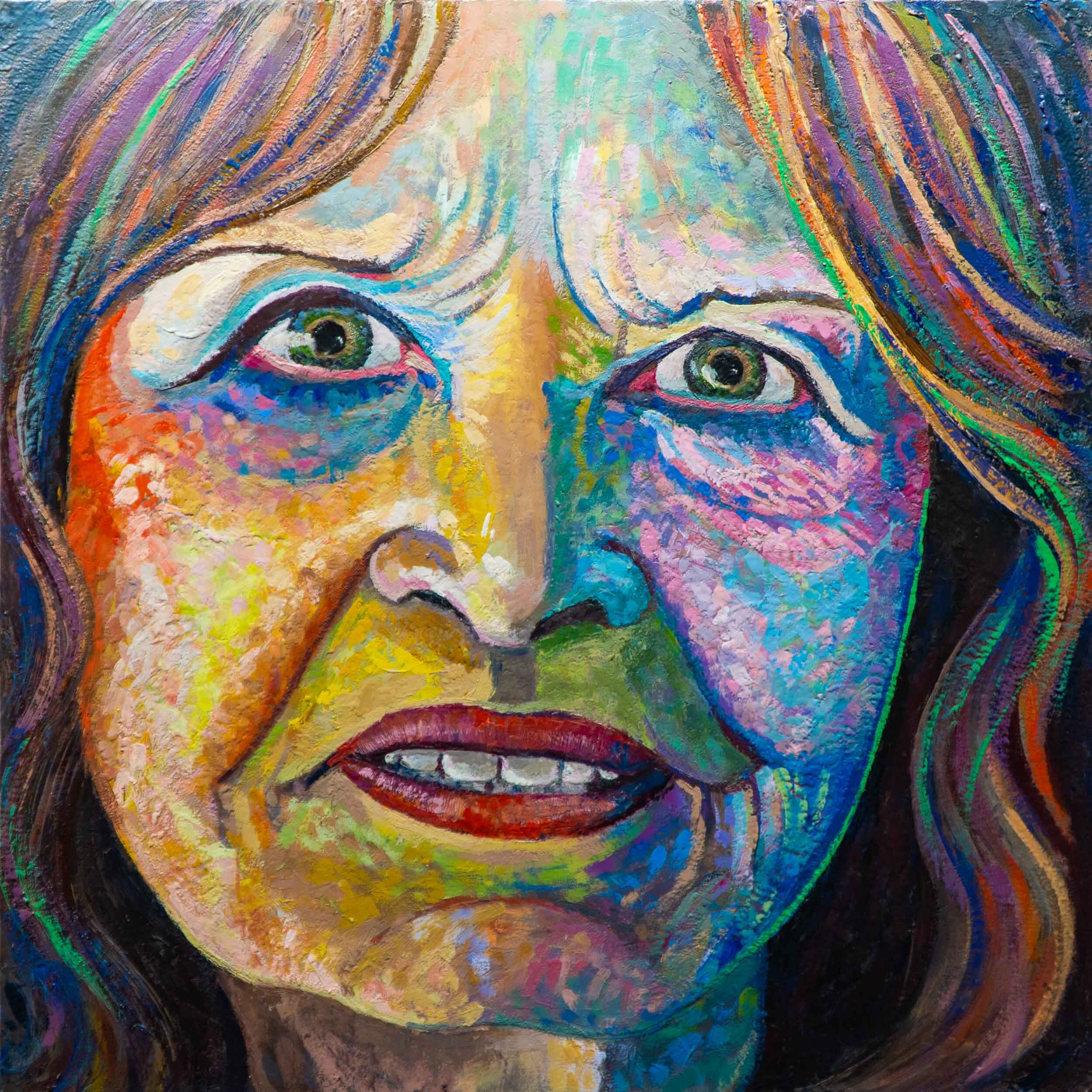Boudica
Impression of Muriel Stanley Venne
Muriel Stanley Venne is a champion of human rights in the Province of Alberta. Throughout a distinguished career that spans more than four decades, Venne has devoted her energies to overcoming obstacles to equality for Indigenous women, children and families. Tenacious and tireless, Ms. Stanley Venne has advanced the fair and equal treatment of Aboriginal people within all levels of society.
She is the founder of the Institute for the Advancement of Aboriginal Women, an organization that strives to promote opportunities for women. As president, she hosted the Aboriginal Women’s Human Rights Symposium and the Gathering Our Strength – Violence Against Aboriginal Women Conference in Edmonton. Her booklet, The Right Path – Alberta, was endorsed by Mary Robinson, the United Nations’ High Commissioner for Human Rights.
A proud Métis woman, Muriel Stanley Venne was born in 1937 in Lamont, Alberta. In 1973, she was one of the first seven commissioners appointed to the new Alberta Human Rights Commission. She went on to serve for 10 years as Executive Director of Native Outreach. In honour of her commitment and work in the area of human rights, Ms. Stanley Venne was presented with the Alberta Human Rights Award on the 25th Anniversary of the Alberta Human Rights Commission.
Venne has served on numerous boards, including the National Aboriginal Achievement Foundation (now Indspire), and is a lifetime member of the Canadian Native Friendship Centre. Venne has been recognized with many awards and distinctions, including the Queen’s Jubilee Medal; a National Aboriginal Achievement Award for Justice and Human Rights; an Indspire Award; the Appreciation Award from the Native Counselling Services of Alberta; the Métis Woman of the Year Award from the Women of the Métis Nation; the Outstanding Young Woman Award from Canadian Merit, and the Order of Canada. In 2017, the Muriel Stanley Venne Provincial Centre was named in her honour.
“Honour the strength and beauty of Aboriginal Women!”
Boadicea Haranguing the Britons, John Opie, 1793, National Portrait Gallery, London, England
Queen Boudica was the warrior Queen of the British Iceni tribe who led an uprising against the conquering forces of the Roman Empire in AD 61. The Iceni were a tribe of Celtic Britons living where now is located modern day Norfolk.
When Boudica’s husband, King Prasutagus, died, he bequeathed his kingdom jointly to his daughters and to Emperor Nero.
Roman procurator Catus Decianus, however, displeased with this arrangement, marched in to the Iceni tribal lands, plundered, ravaged, pillaged, and made free with all their goods and chattels. Roman soldiers publicly humiliated and flogged the recently widowed queen, raped her daughters and enslaved other members of her family.
This outrage immediately triggered a rebellion, led by Queen Boudica.
Boudicea haranguing the Britons, David Hume, 1860, The History of England in Three Volumes, photo courtesy of Wikimedia
While the Roman governor Gaius Suetonius Paulinus was campaigning on the island of Mona (modern Anglesey) on the northwest coast of Wales, Boudica led the Iceni, the Trinovantes and others in revolt — destroying Camulodunum (modern Colchester).
Upon hearing of the revolt, Suetonius hurried to Londinium (modern-day London), the 20-year-old commercial settlement that was the rebels' next target. Lacking sufficient numbers to defend the settlement, Suetonius evacuated and abandoned Londinium. Boudica arrived leading a very large army to fight against a detachment of the Legio IX Hispana. Upon defeating them, she burned Londinium and Verulamium to the ground and slaughtered everyone who hadn’t fled.
An estimated 70,000–80,000 Romans and Britons were killed in the three cities by those following Boudica, many by torture.
Suetonius, meanwhile, regrouped his forces, and despite being heavily outnumbered, decisively defeated the Britons. The crisis caused Nero to consider withdrawing all Roman forces from Britain, but Suetonius's victory over Boudica confirmed Roman control of the province.
Facing defeat, having been lured into battle against an experienced, professional army, at a location that suited the Roman soldiers, it is said that Boudica then took poison and killed herself to avoid capture (according to Tacitus), or died of illness (according to Cassius Dio).
According to Cassius Dio’s account (155-235AD): “Eighty thousand of the Romans and of their allies perished, and the island was lost to Rome. Moreover, all this ruin was brought upon the Romans by a woman, a fact which in itself caused them the greatest shame.”
Interest in these events was revived in the English Renaissance and led to Boudica's fame in the Victorian era.
Boudica has remained an important cultural symbol in the United Kingdom and has become a feminist icon representing women who refuse to be cowed or silenced by the powerful. For a modern-day Boudica, fighting against colonialism and systemic racism, we have Muriel Stanley-Venne.
Boudica Statue, Westminster, England




